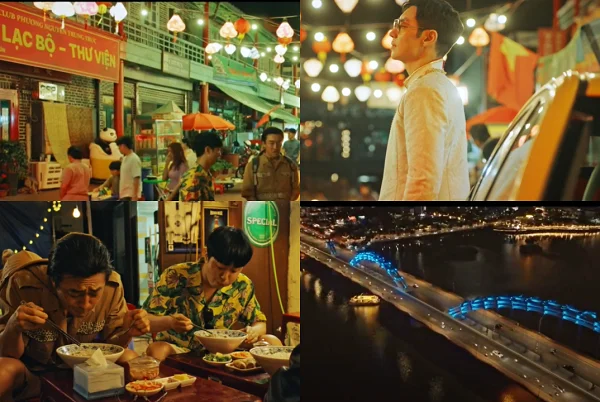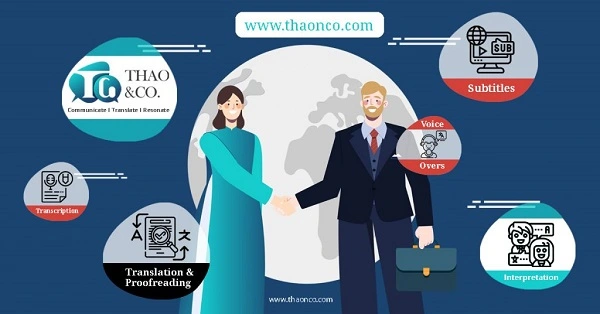Vietnamese translation is an integral part of the dynamic international market. Join Thao & Co. to explore the vital role of Vietnamese translators and interpreters, along with trusted services.
Vietnam has been making its way to proactive and comprehensive international integration. Thus, Vietnamese translation has become increasingly important across all fields.
Over the years, Vietnam has attracted numerous global investors. About 12,000 FDI firms are operating in Vietnam.
To operate in Vietnam, international businesses must complete mandatory legal procedures such as:
Completing legal paperwork always requires absolute accuracy. Therefore, Vietnamese translation is the key to complete the legal documents properly.
The Vietnamese entertainment industry is witnessing impressive growth. This is evident in the increasing international reach of national game shows, movies, and music products.
Vietnam has also become a “magnet” attracting leading global entertainment companies. In recent years, many details and settings of Vietnam appeared in Korean films.
For example, the film “Taxi Driver 2” featured prominent Vietnamese landmarks.

As a result, the demand for translation has rapidly increased in:
Translation companies now have opportunities to expand and offer more diverse services to meet the market’s needs.
Vietnam consistently embraces new investment trends in the technology sector from leading global corporations such as:
Many of these companies have invested in manufacturing sector in Vietnam, quickly expanding the domestic market.
This has led to the transfer of technology and expertise, making Vietnamese translation the optimal solution. Accurate translation of technical documents is essential in this process.
Businesses expansion in Vietnam requires effective marketing strategies, driving the need for translating marketing materials such as:
The translation process must focus on creating content that aligns with Vietnamese culture, ensuring it resonates with local audiences while faithfully conveying the brand’s message.
This presents a challenge in translation, making it crucial to choose a reputable Vietnamese translation agency with experience in similar projects. With such a choice, the marketing campaigns of the brand can achieve the best results.
Vietnam is one of the top destinations for international tourists, possessing unique and attractive tourism resources.
In the first seven months of 2023, the number of international tourists visiting Vietnam exceeded 6.6 million.
The country has immense potential for tourism development, with efforts in multi-platform promotion.
“It’s hard to think of a country which does more to support and promote its cultural heritage than Vietnam.”
UNESCO representative in Vietnam
Tourism translation plays a crucial role in promoting Vietnam, with demand steadily increasing as the industry continues to grow.
Here are some factors directly affecting the cost of translation:
In Vietnam, translation costs for the English-Vietnamese language pair are as follows:
To get an accurate quote, you should discuss the details with the translation service provider.
At Thao & Co., we prioritize transparency in pricing before starting any project, ensuring you can trust both the quality and cost of our translation services.

Vietnamese translation contributes to market expansion strategies into Vietnam. Hence, choosing a professional and quality Vietnamese translation company for collaboration is crucial.
Thao & Co. commits to delivering industry-standard translations crafted by a team of native and experienced translators. They are English graduates from top-tier universities.
Thao & Co.’s services are backed by a streamlined working process and cutting-edge technology. Additionally, we prioritize client confidentiality through robust security measures.
 Interpretation Services
Interpretation Services Voice Overs & Dubbing
Voice Overs & Dubbing App & Website Content Localization
App & Website Content Localization Translation & Proofreading
Translation & ProofreadingWhen precision matters, trust our flawless translations for your needs. Don’t settle for anything less – Get a free quote today or go to Thaonco.com for more!